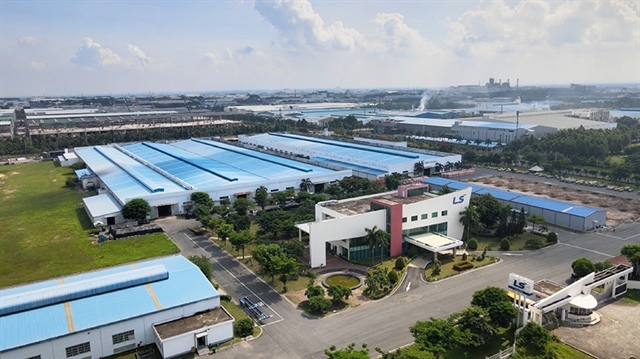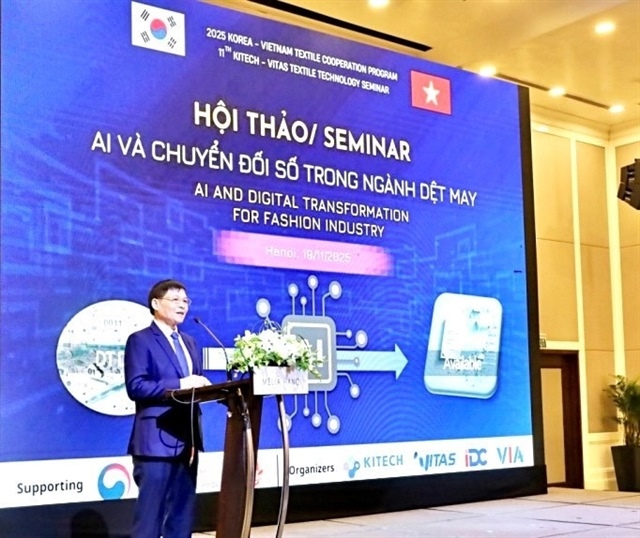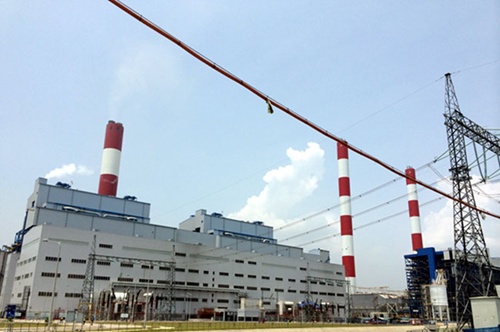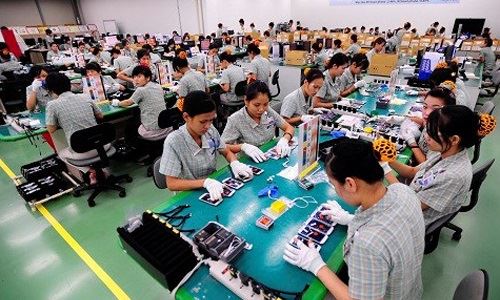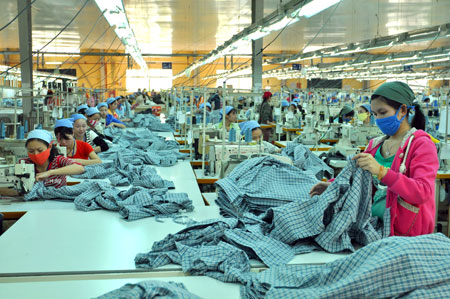Power price in Vietnam tends to rise due to underlying cost
Power price in Vietnam tends to rise due to underlying cost
The output and retail price of electricity in Vietnam has surged, as there are a lot of costs included in the input rate, experts said at a conference in Hanoi this month.
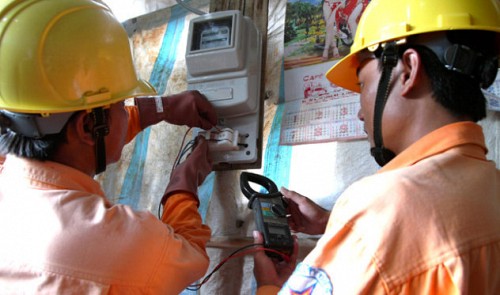
Those expenses include asset depreciation, fuel, raw materials, compensation and overhaul, hired services, business development, and wages for employees.
But among those costs, state agencies can only regulate the rates for asset depreciation and wages, leaving the remaining up to power firms, including those under state-run conglomerate Vietnam Electricity (EVN), Dr. Le Duc Lam, from the Vietnam Union of Sustainable Energy, said on October 16.
In addition, the cost of electricity generation in Vietnam is high due to deficits caused by the inefficient process of burning fuel inside thermal power plants and losses occurring when the electricity is transmitted, Lam said, citing his data.
Specifically, fuel consumption in Vietnam’s thermal power plants is 560-700g per kWh, and the rates in new plants are about 450g per kWh, compared to the world’s average of 380g per kWh.
These losses in burning fuel for power generation and transmission must eventually be paid for by consumers, Dr. Lam added.
Electricity power transmission and distribution losses in Vietnam, compared to output, averaged 8.49 percent in the 2011-14 period, lower than Cambodia (28 percent), Myanmar (22 percent) and Indonesia (nine percent), but still higher than Thailand and Brunei (seven percent), Malaysia (six percent), and Singapore (five percent), according to a World Bank report.
The efficiency of new power plants in Vietnam is around 39 percent on average, and that rate will drop to 32 percent in the next decade, bringing the average rate in the Southeast Asian country to 27.5 percent, Lam said, citing a report of an institute under the Ministry of Industry and Trade.
Prof. Nguyen Minh Due, from the Hanoi University of Science and Technology, said electricity prices have increased eight times since 2009, bringing the average retail rate, including tax, to over VND1,700 (8.3 U.S. cents) per kWh.
Given that electricity quotes should be maintained for macroeconomic stability, Prof. Due put forward three solutions: promoting a competitive electricity market, improving the efficiency of electricity generation and consumption, and accelerating the privatization of state-run firms to spur the participation of the private sector and foreign-invested companies in the power industry.
It is hoped that consumers in Vietnam will be able to buy electricity from sellers other than the country’s current sole power utility, EVN, as a wholesale power market is set to launch next year.
In July, Nguyen Anh Tuan, head of the Electricity Regulatory Authority of Vietnam (ERAV), told Tuoi Tre (Youth) newspaper that EVN will lose its monopoly in 2016 thanks to a competitive wholesale electricity market.
The wholesale market will be redesigned to increase competitiveness and reduce EVN’s exclusive control of power in the country, Tuan said.
There are now many power generators in Vietnam but they still have to sell electricity to EVN, which the power utility then distributes to consumers via five regional units managing the markets in the north, central, and southern regions, and in Hanoi and Ho Chi Minh City.
Both EVN and ERAV operate under the Ministry of Industry and Trade.




